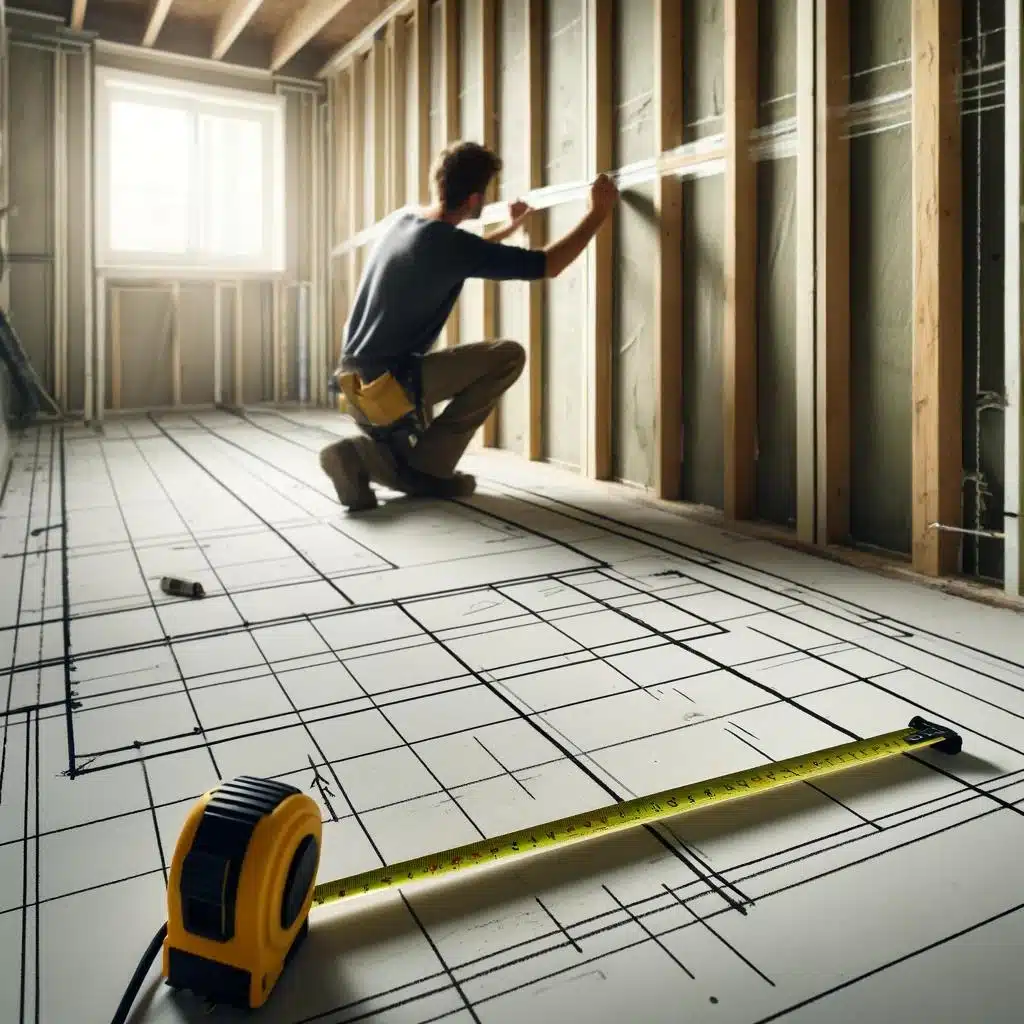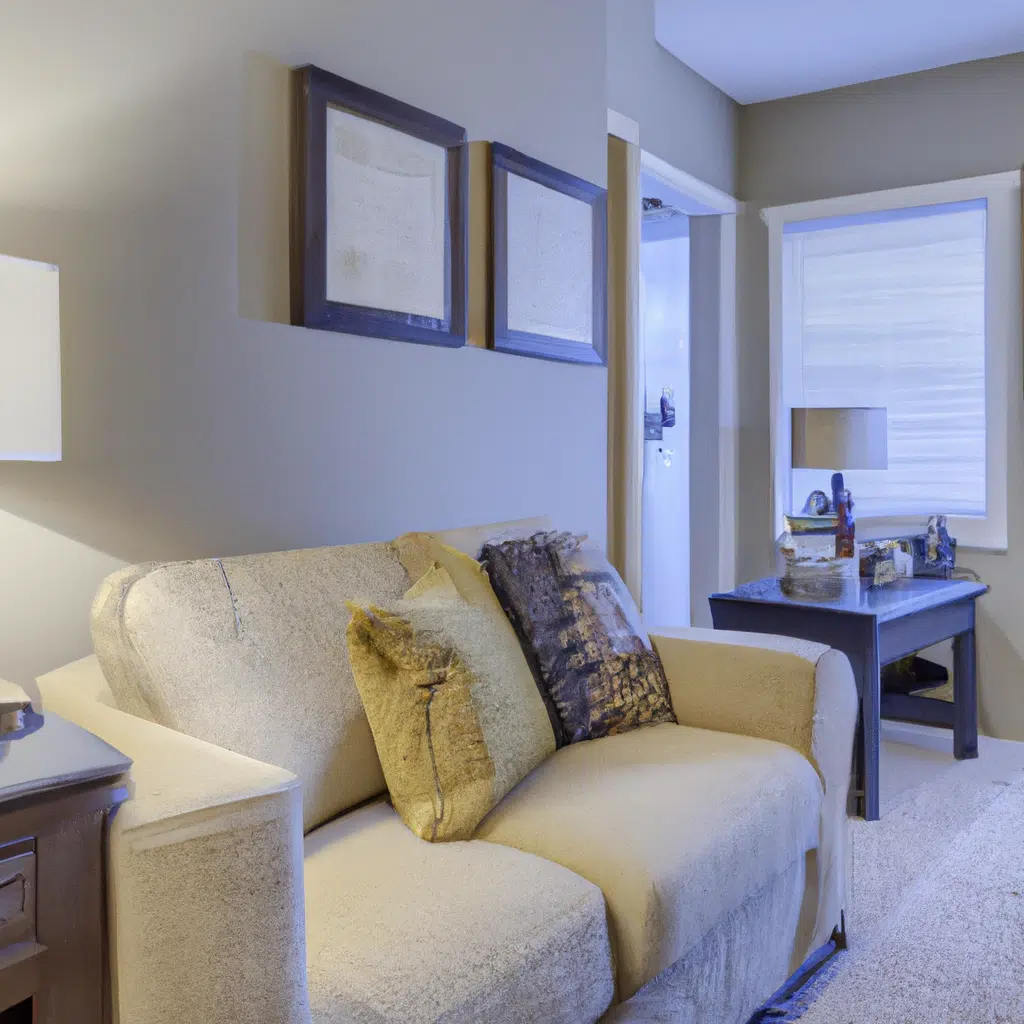Building a home with zero waste is a daunting task, yet it is possible. You may think that building a home without generating any waste is impossible, but it is not. Many people around the world have already done it, and so can you. In this article, we will show you how to build a home with zero waste.
Step 1: Plan Your Build
The first step to building a home with zero waste is to plan your build. You need to research and gather information on the materials you will need for your build. You should also consider the design of your home and how it will impact the environment. Planning your build will help you to make informed decisions and reduce the amount of waste generated during construction.
Step 2: Choose Sustainable Materials
Choosing sustainable materials is the second step to building a home with zero waste. You should opt for materials that are eco-friendly, non-toxic, and locally sourced. You can use materials such as bamboo, straw, and recycled materials to reduce waste. Additionally, you can use materials that can be easily recycled or repurposed at the end of their lifecycle.
Step 3: Minimize Waste Generation
The third step to building a home with zero waste is to minimize waste generation. You should aim to reduce the amount of waste generated during construction. You can do this by using prefabricated components, which can be assembled on-site, reducing the amount of waste generated during construction. You should also aim to use materials that generate less waste during construction.
Step 4: Reuse and Recycle
The fourth step to building a home with zero waste is to reuse and recycle materials. You can reuse materials from your old home or repurpose materials that would otherwise be thrown away. Additionally, you can recycle materials that cannot be reused or repurposed. You should also aim to donate any materials that are still in good condition to local charities or organizations.
Step 5: Composting
The final step to building a home with zero waste is to compost. Composting is the process of decomposing organic materials, such as food waste, leaves, and grass clippings, into a nutrient-rich soil amendment. You can use compost to fertilize your garden or landscape, reducing the amount of waste generated from your home.
Conclusion
Building a home with zero waste is possible, and it starts with planning your build, choosing sustainable materials, minimizing waste generation, reusing and recycling materials, and composting. By following these steps, you can reduce the amount of waste generated during construction and create a home that is eco-friendly and sustainable. Remember, building a home with zero waste requires planning, patience, and a commitment to sustainability.



